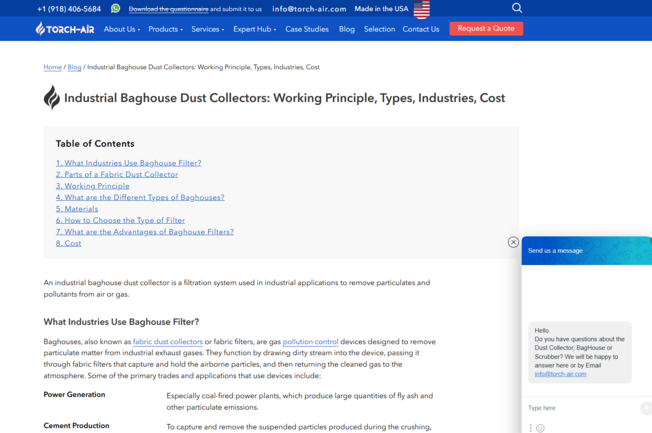
Leonardo da Vinci, a polymath of the Renaissance era, left a legacy not only in art and science but also in his profound understanding of human behavior. Among his pearls of wisdom is the quote: "Nothing strengthens authority so much as silence." Let's delve into the layers of this insight and unveil its relevance in leadership.
The Power of Silence:
In a world dominated by constant chatter, da Vinci's words echo the idea that sometimes, silence is the loudest voice. Leaders who master the art of silence exude a quiet confidence that captivates attention and fosters respect. This silence is not a void but a deliberate pause, pregnant with thought and intention.
Strategic Silence in Leadership:
Silence, when employed strategically, becomes a tool for effective communication. Leaders who don't rush to fill every silence demonstrate composure and contemplation. This measured approach invites others to ponder and contribute, fostering a collaborative environment.
Silent Authority Across Cultures:
The beauty of da Vinci's insight lies in its universality. Silent authority transcends cultural boundaries. In Eastern philosophies, silence is often revered as a sign of wisdom. In Western contexts, it's a symbol of self-control and thoughtfulness. Understanding and harnessing these cultural nuances enhance a leader's ability to communicate universally.
The Art of Active Listening:
Silent authority doesn't imply a lack of engagement; rather, it involves active listening. Leaders who listen attentively and absorb information before responding make decisions rooted in understanding. This form of silence isn't passive; it's a dynamic process of learning and leading.
Navigating Challenges:
In moments of crisis or conflict, the leader who remains composed in silence can influence the atmosphere. It's a pause that signifies strength and assurance. This silence encourages others to look for solutions rather than dwell on the problem.
Key Takeaways for Leaders:
- Cultivate Composure: In the midst of chaos, maintain a composed exterior. Your ability to stay calm in silence speaks volumes about your leadership.
- Listen Actively: Silence isn't just about not speaking; it's about actively absorbing information. Practice genuine and attentive listening.
- Embrace Cultural Awareness: Understand the cultural connotations of silence in your team. Adapt your leadership style to resonate with diverse perspectives.
- Use Silence Strategically: Let your silence be purposeful. Whether in negotiations, decision-making, or conflict resolution, use silence as a strategic element.
Leonardo da Vinci's timeless wisdom invites leaders to embrace the eloquence of silence. It's a tool that, when wielded with intention, can transform authority into a force that resonates across cultures and challenges. In the delicate dance between speech and silence, true leadership emerges — one that speaks volumes in its quietude.
How has the balance of speech and silence influenced your leadership journey? Share your thoughts below.

















Leave a Reply